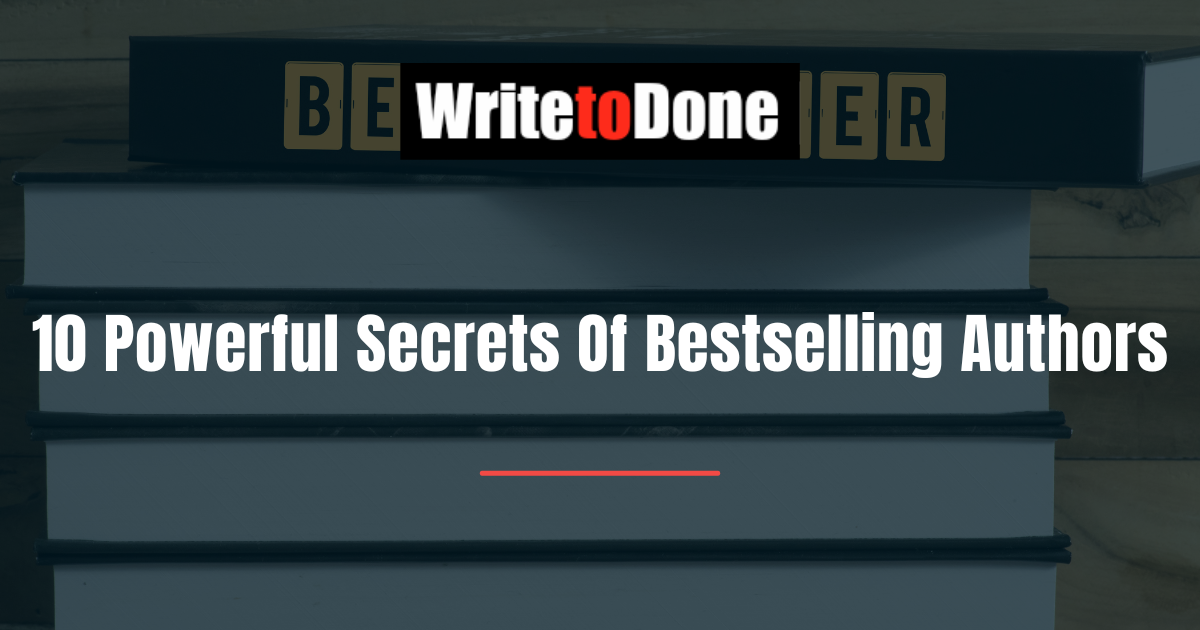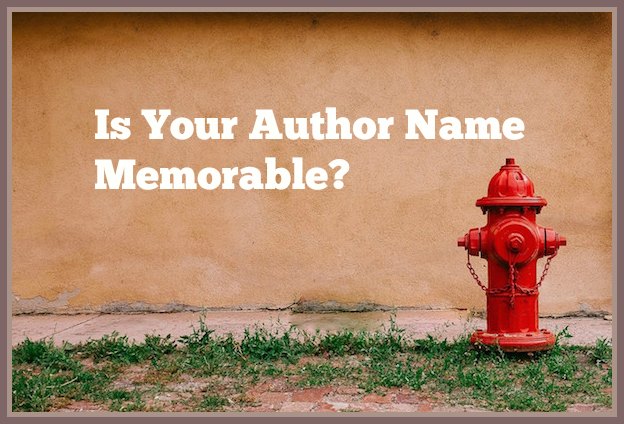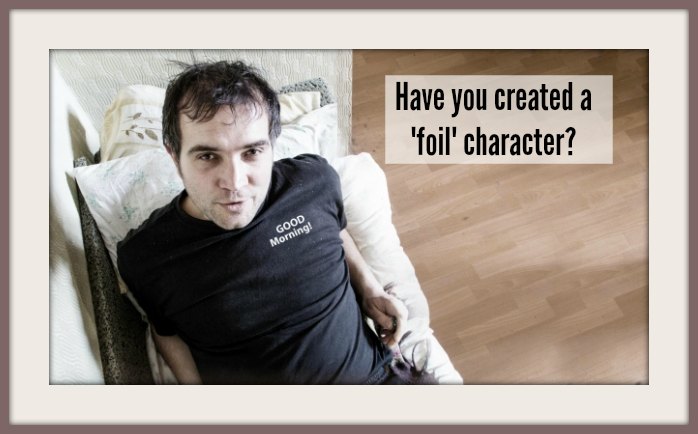Want to know how to write a book that will become a bestseller?
We must first ask: why does a novel become a bestseller?
If you said ‘great writing,’ you’d be wrong.
Just check the quality of the latest bestsellers.
If you replied ‘great marketing,’ you’re right—but not the way you think.
It’s easy for a bestselling author to bring out another blockbuster and be assured of sales.
The publisher simply has to announce it. No marketing involved.
But how to write a book that makes you a bestselling author in the first place?
How did top authors like Kathy Reichs do it?
What secrets do they know that we don’t—secrets they dare not tell us for fear of creating competition for themselves?
Do you know these 10 secrets of bestselling authors?
I’ll let you into a secret—the secrets all involve aspects of marketing.
I chose Kathy Reichs, author of 19 bestsellers, because her novels illustrate both great writing and great marketing. She writes in the crime/mystery genre.
But you can apply these ideas to enhance the success of stories you write in any genre.
1. Have a memorable author name
Kathy Reichs is the author’s own name.
It’s short. It’s distinctive.
It’s legible on a Kindle.
If your real name is terse and memorable, use it.
But suppose you were born Józef Teodor Konrad Korzeniowski or Rodney William Whitaker?
Best use a pseudonym. The first became Joseph Conrad and the other, Trevanian.
2. Keep your title short
Choose a brief emotive title. Pack it with meaning, menace and drama.
Why short? Your cover will shrink to a fingernail on Kindle and other mobile devices. So make it legible!
James Patterson typically uses terse or one word titles: Fang, Game Over, Private, The Fire…
So does Lee Child: Make Me, Personal, Never Go Back, The Affair, 61 Hours.
So does Kathy Reichs: Cross Bones, Devil Bones, Bare Bones, Bones To Ashes…
3. Use a ‘series’ title
Since 2005, when Kathy Reichs’ adult thrillers were dramatized in the TV series Bones, they have all contained the word ‘Bones’ in their titles.
A series title builds a ‘brand’. Readers who like one novel will confidently buy the next.
They know that the novels will probably have the same familiar characters, settings or themes, as Reichs’ do. Certainly, they’ll be in the same genre.
4. Publish a series of novels in fast succession
A single novel won’t go far unless you have a celebrity name or your publisher advertises it massively.
Both are unlikely for a debut author.
Have several novels in the pipeline—finished or nearly so—when you present your first work to a publisher or go the self-publishing route.
Publishers aren’t interested in waiting five years for a sequel. Nor are Amazon readers.
At Amazon, the ‘tipping point’ for a series linked by author or title is around five novels. That’s when you build a fan base. Amazon starts to promote you. Its algorithms click in. And your sales take off.
Kathy Reichs has published a new novel every year since 1997 and never missed a year. Some authors who self-publish bring out a new novel every two months. It builds a funnel. One sale leads quickly to another.
That’s the way to maximize your income.
5. Make your prologue a ‘high impact’ sample of the novel
What’s a prologue? The first scene or chapter.
Keep it short, below 3000 words.
Make it vivid. That’s what readers see when they download a free sample at Amazon or leaf through your novel at a bookshop.
Here’s how Reichs’ thriller Bones To Ashes starts:
‘Babies die. People vanish. People die. Babies vanish.
I was hammered early by those truths. Sure, I had a kid’s understanding that mortal life ends. At school, the nuns talked of heaven, purgatory, limbo, and hell. I knew my elders would “pass.” … Nevertheless, the deaths of my father and baby brother slammed me hard.
And Evangeline Landry’s disappearance simply had no explanation.‘
Her first paragraphs present the essence of the plot. They also pose a mystery. We’re intrigued. We read on.
Even if you’re writing in a different genre, leave a question hanging in your prologue. How will this conflict be resolved?
If you have no conflict in your first scene, you have no story.
Writing literary fiction? Or a story where an opening mystery or question just wouldn’t be right?
Then enchant us with the power of your style. The reader thinks: “This author can write! I’m in safe hands.”
And they read on.
6. Keep your sentences and paragraphs short
Note Reichs’ sentences in the extract above. They average just six words. Her paragraphs are typically no longer than five lines and often just one line.
That’s the style of modern tabloid journalism. If you’re writing commercial i.e. popular fiction, study media like The Huffington Post.
Short units of meaning. Simple words.
If you aspire to Literature you can ramble on forever. Insert poetry, obscure words, semi-colons, lots of commas, and even—yes, I’ll let you do it—dependent clauses (like the one you’ve just read).
It will kill your sales. But no matter.
You might win the Booker Prize and gain bestseller status that way.
7. Create a main character that mirrors your target reader
Reichs’s heroine is Prof. Temperance (Tempe) Brennan.
Tempe is lovable, scatty, attractive—and flawed. She’s a recovering alcoholic in early middle age. Her IQ is supposed to be off the radar, but she often acts like a child.
She’s a ‘heroine’ in the classic sense—perpetually getting into perils of her own making but saved at the 11th hour by her own virtues.
She’s what every female reader of Reichs’ thrillers wants to be.
Reichs also offers us Ryan, Tempe’s off/on boyfriend. He’s a handsome street-wise macho cop. He’s deeply flawed. In his teens, he ran with gangs. He has a drug-addict daughter and bad memories. He lives with demons.
In her two protagonists, Reichs presents idealized versions of her own target readers, female and male. Do the same.
8. Devise a ‘foil’ character
Your main character needs a ‘foil’ or buddy. Give them someone to talk to—a person they trust but occasionally spat with.
Conversations with the buddy character can introduce conflict to keep a scene alive, give the main character a plausible sounding board for their woes and triumphs, and also prompt the protagonist to reveal information. (Ryan frowned. “Run that past me again, Tempe.”)
When Ryan is out of reach, Tempe talks to her cat, Birdie. One lift of its eloquent paw and she’s clarified the problem in her mind. Or at least, for the reader’s benefit.
Foil characters also furnish sub-plots. Get them into troubles of their own. Make them victims.
Whenever the plot sags, Ryan is assaulted by hoodlums. Or Birdie gets abducted.
Use a foil as a series character in your every novel.
9. Make your plot worthy of your reader
This is easy enough in a crime/suspense or adventure story.
A devilish plot to steal the Amish treasure is foiled by a kick-ass ninja nun who must sacrifice her vows and virtue to save the man she loves. (Or something like that.)
Reichs’ thrillers typically open with the discovery of a decomposed body. It points to a web of atrocious crimes, long concealed.
Tempe forgets that she’s a forensic anthropologist, bound by a Code of Practice. She plays amateur sleuth, interferes with police investigations and predictably comes close to losing her life and job. In every story.
Implausible? Yes. Formulaic? Yes. But the drama grips us from page one.
Whatever your genre, have a strong plot.
10. Develop a unique Voice
This is optional.
Some best-sellers have all the stylistic charm of a software manual. But they sell.
Why?
Readers of blockbusters buy story, not style.
However, Reichs does have a unique voice. Set any passage of her work against that of her great rival Patricia Cornwell and you’ll know at a glance who wrote which.
“It’s because we failed that children are dead. Another may die soon.”
Two stormy eyes locked on to mine. “This time the moth has flown too close to the flame.”
“She. Will. Burn.”
Silly, but we smacked a high five.
The next morning our confidence was blown to hell.
Compare the above passage from Reichs’ Bones Never Lie with the one below, from Cornwell’s The Bone Bed.
Reichs is manically inventive in her language and frisky in her rhythms. She writes like a happy kitten. Cornwell is grim and stealthy in her pace, like a cold-minded panther.
Voice cannot be forced. Let yours develop by itself. After you’ve written five good novels, you’ll have one.
A distinctive Voice will help you build a fan base. Readers will either hate it or love it.
I buy every novel Reichs publishes because I love her Voice.
But I wouldn’t read a new Patricia Cornwell story if you paid me to. Her Voice offends me.
Yet both authors have a million fans. And each fan adores the author’s Voice.
What do these ten tactics have to do with marketing your book? Everything!
Unless you get them right, you can forget about advertising, social networking, blog tours, Goodreads Giveaways, clever tricks for gaming Amazon, and all the other voodoo sold by by book promotion gurus.
Your book might be the greatest literary work since To Kill A Mocking Bird, but it will vanish into the Amazon mud.
Get these things right and, whether or not your book is great, it has a serious chance of becoming a bestseller.
What experiences have you had in getting your book to market? What triumphs or heartaches? Share them with us in a comment below.




























